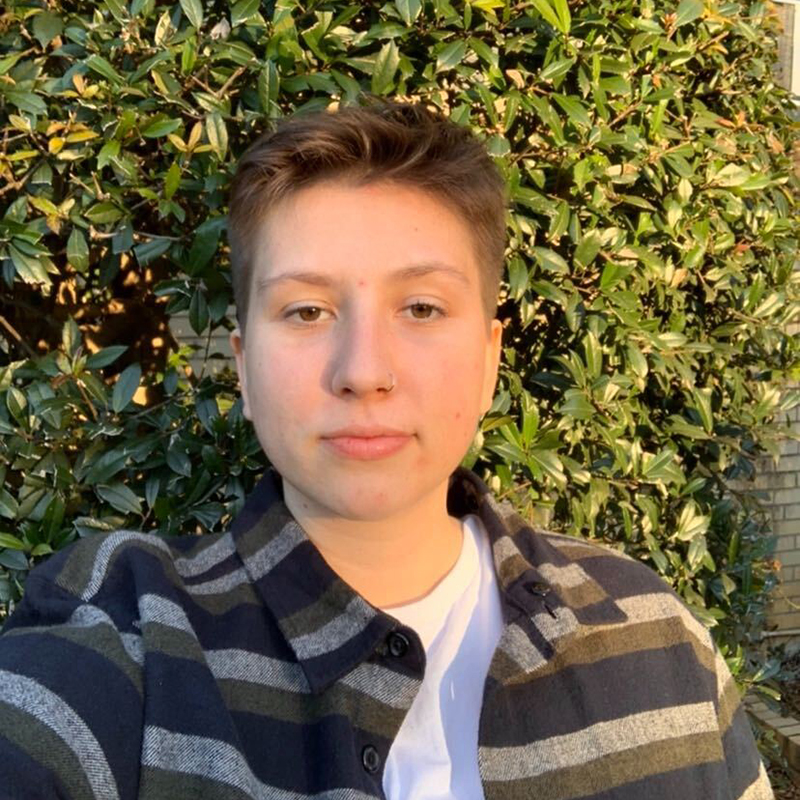8 BIPOC Environmentalists Your History Textbooks Probably Left Out (That You Should Really Know!)
Indi Howeth
|September 14, 2020
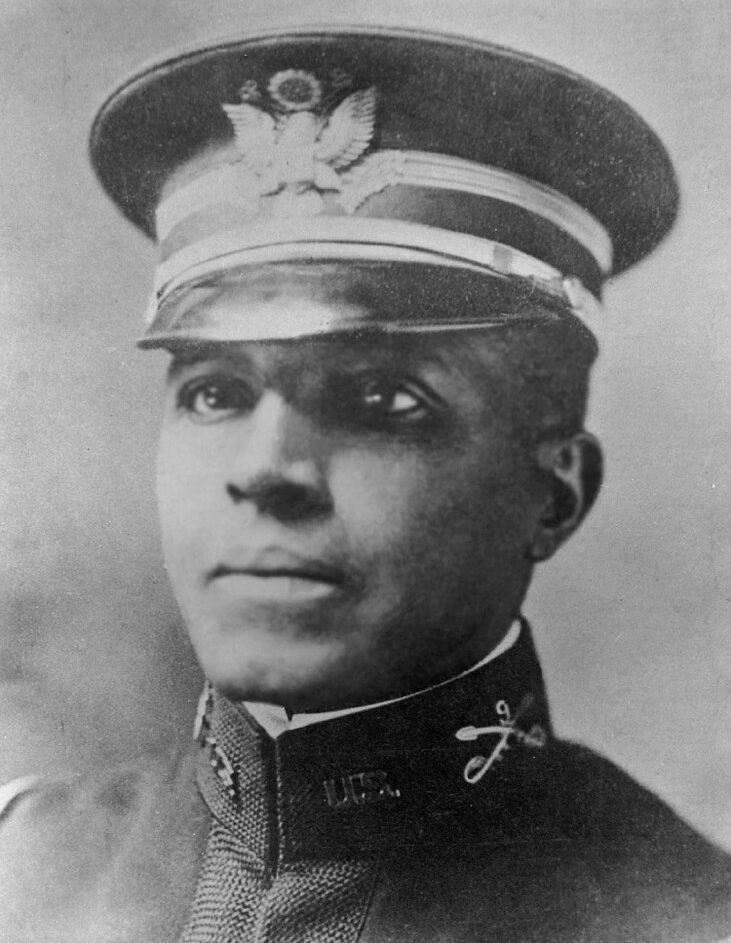
When we think of historical environmentalists, many people immediately think of someone like John Muir, Henry David Thoreau or maybe politicians like Theodore Roosevelt, Richard Nixon or Al Gore. Having these figures as our only point of reference for historical environmentalism is likely just what we were taught in school, but that doesn’t mean we shouldn’t correct our limited historical knowledge now.
If our reference for environmentalism in U.S. history exclusively involves white men, we will not only be actively ignoring and erasing significant parts of history, but we will also be dangerously limiting our view of what environmentalism has and can look like. Educating ourselves about BIPOC (Black, Indigenous, People of Color) environmental leaders in history is crucial to understanding the deeply entrenched interconnectedness of racism, anti-racism and environmental advocacy and essential to ensuring that our modern climate advocacy is actively anti-racist.
Here are eight BIPOC environmentalists to take note of:
1. Captain Charles Young (1864-1922)

Young was a soldier, civil rights and environmental leader in the late 1800s and early 1900s. Originally born into slavery in the midst of the Civil War, he was the first Black National Park Superintendent and in charge of managing Sequoia National Park. During his time as Superintendent, he and his troops paved many of the hiking trails still used today and convinced the majority of private landowners to sign over their surrounding land to the park. This paved the way for this expansion strategy for other National Parks.
2. Dolores Huerta (1930-present)

Huerta was first called to activism in the early 1950s after witnessing her students come to school day after day with empty stomachs and bare feet: she felt determined to tackle economic injustice. While working at the Stockton Community Service Organization, Huerta met Cesar Chavez, a like-minded activist, and the two created the United Farmworkers, or UFW. While the bulk of her work has revolved around agricultural labor rights, she has also been instrumental in the banning of many harmful pesticides, like DDT. Her advocacy continues to be essential to understanding justice for people and the environment as simultaneous and interconnected work.
3. Hazel Johnson (1935-2011)

Johnson is considered the mother of environmental justice. In 1979, she founded People for Community Recovery in Chicago to bring about environmental awareness and encourage innovative solutions to becoming a more sustainable society. She was instrumental in the passing of the Environmental Justice Executive Order 12898, signed in 1994, which directs federal agencies to address the disproportionate adverse health and environmental effects of their actions on minority and low-income populations and one of the first people ever to discuss the existence of environmental racism.
4. Dr. Warren Washington (1936-present)

Dr. Washington was one of the first scientists to develop groundbreaking atmospheric computer models, in collaboration with Akira Kasahara in the 1960s. His models are used to predict future atmospheric states and his work is used as a standard in the field of weather and climate. He has advised many Presidents on science and shared the 2007 Nobel Peace Prize with many of the architects of the Intergovernmental Panel on Climate Change for their pioneering work in climate science. He is also a recipient of the US Medal of Science.
5. Robert Bullard (1946-present)
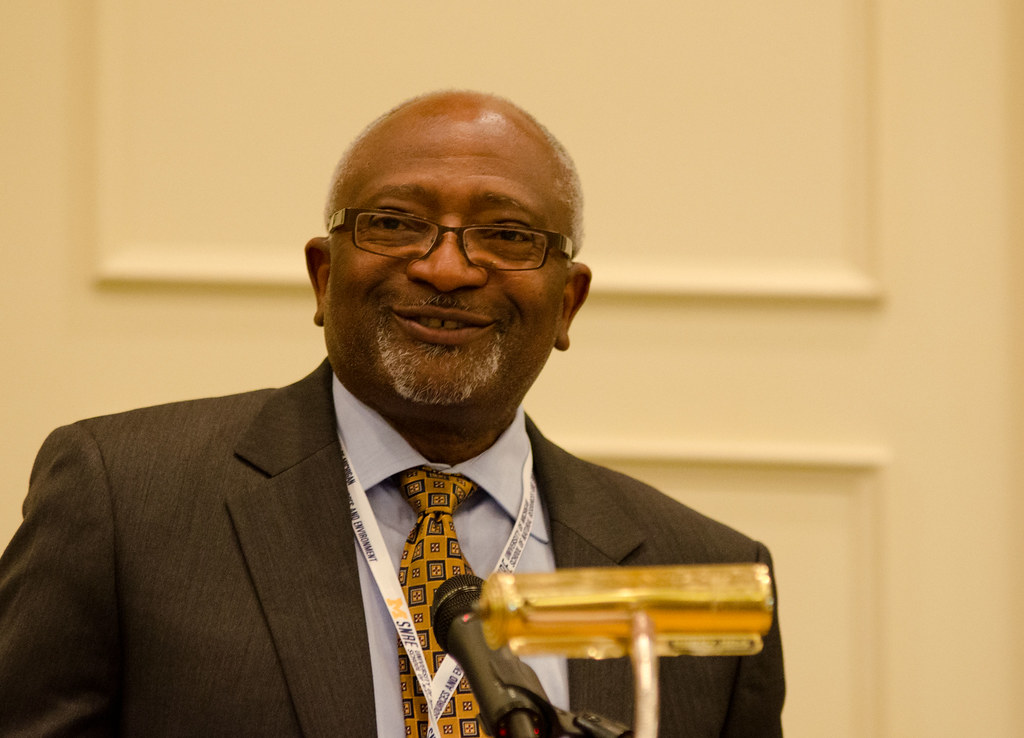
Bullard is considered the father of environmental justice. During the late 1970s, Bullard worked as an environmental sociologist in Houston, Texas where he documented the systematic placing of garbage dumps in predominantly Black neighborhoods. In his 1991 book, “Dumping in Dixie,” he is regarded to be the first person to fully articulate the concept of environmental justice. In that same year, he helped organize the First National People of Color Environmental Leadership Summit. He has worked with multiple Presidential administrations to progress and maintain environmental justice gains and continues to do this advocacy work in fighting for the protection of sacrifice zones.
6. JoAnn Tall (Age unknown)

Tall, who belongs to the Oglala Lakota tribe in the Pine Ridge Reservation of South Dakota, has spent much of her life working to protect and expand the rights of Native American nations to oversee their own land. Starting in the 1970s, through the Black Hills Alliance, Tall began raising awareness and fighting back against companies who sought to mine uranium in the region. She founded the Native Resource Coalition, which is dedicated to research and education on land, health, and the environment for the Lakota people. She has been instrumental in securing policy which requires that any proposed energy development projects in the area be voted on, rather than automatically approved by the State.
7. John Francis (1946-present)

In 1971, Francis witnessed an oil spill in the San Francisco Bay. After volunteering to scrub beaches clean and save animals, he felt a calling to take his activism deeper. That year, Francis began a 22-year long boycott of motorized vehicles which for 17 years was accompanied by a vow of complete silence. He became known globally as the “Planetwalker” and was appointed in 1991 as the United Nations Environment Program’s Goodwill Ambassador to the World’s Grassroots Communities. He continues his advocacy by speaking at various events and works as a professor at the University of Wisconsin-Madison.
8. Tom Goldtooth (1953-present)
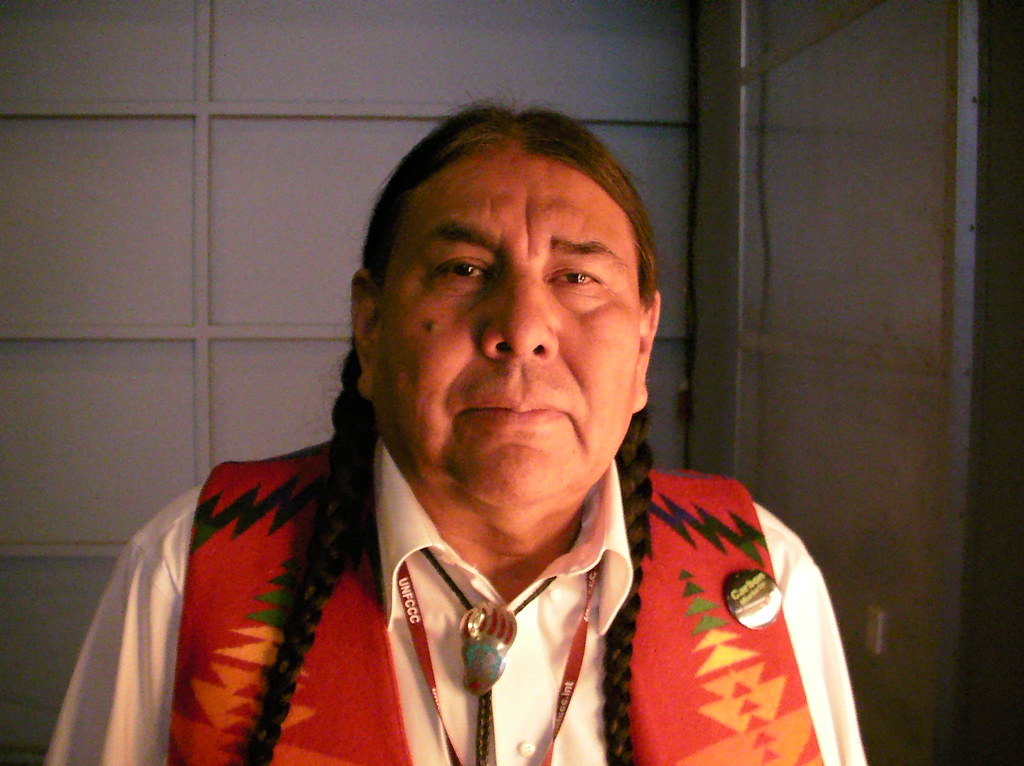
Goldtooth, who is Dine and Dakota, has worked since the 1980s on developing indigenous-based environmental protection infrastructures through tribal governments. He has founded numerous environmental organizations, including Climate Justice NOW! and the Environmental Justice Climate Change initiative. He currently serves on the International Indigenous Peoples Forum on Climate Change, which is a United Nations program. As the executive director of the Indigenous Environmental Network, established in 1990, Goldtooth works to oversee grassroots efforts to preserve the environmental rights of indigenous communities, like preventing the constructions of pipelines. In 2015 he was the recipient of the Gandhi Peace Award.
Sources
National Park Service, Planetwalk, The Goldman Environmental Prize, Forbes, Grist, The EPA Blog, Dolores Huerta Foundation, Indigenous Environmental Network
Want to read more? Check out the ACE Blog.
Join our Youth Action Network
More Blog Posts
Driving India towards self sufficiency and freedom from oil
India can shield itself from oil-price shocks and global pressure over Russian barrels by leaning harder into two strengths it …
Read More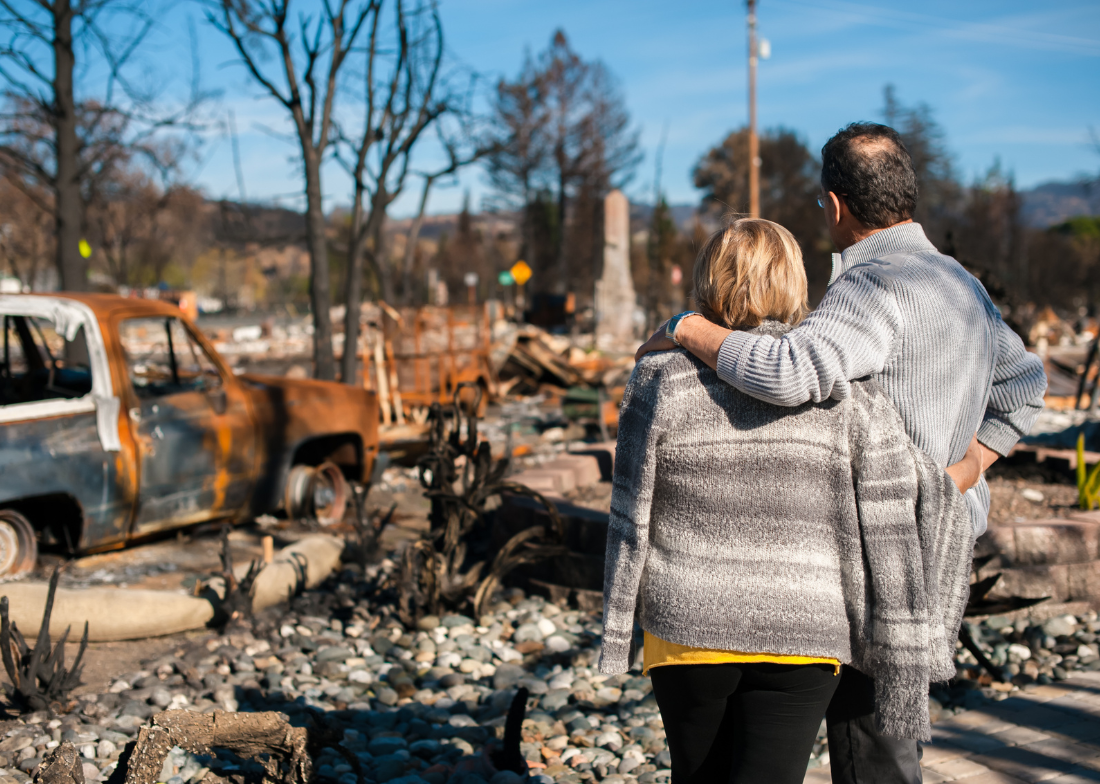
Unnatural, Not Unprecedented
For two weeks, residents of Southern California endured a waking nightmare. Parents raced against time – hurrying down the driveway …
Read MoreCrafting a Vision for the Future: My Experience at LCOY USA 2024
Dry and sunny Tempe, Arizona where temperatures have been over 100 F for 113 consecutive days, delegates gathered to attend …
Read More
